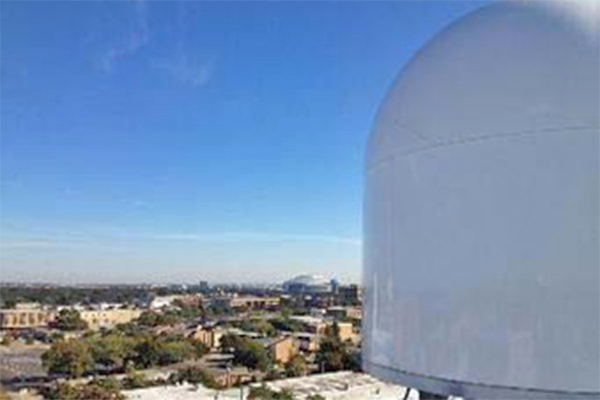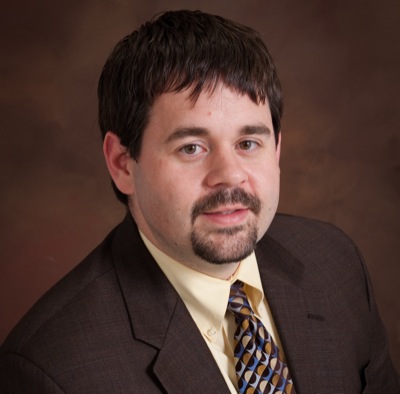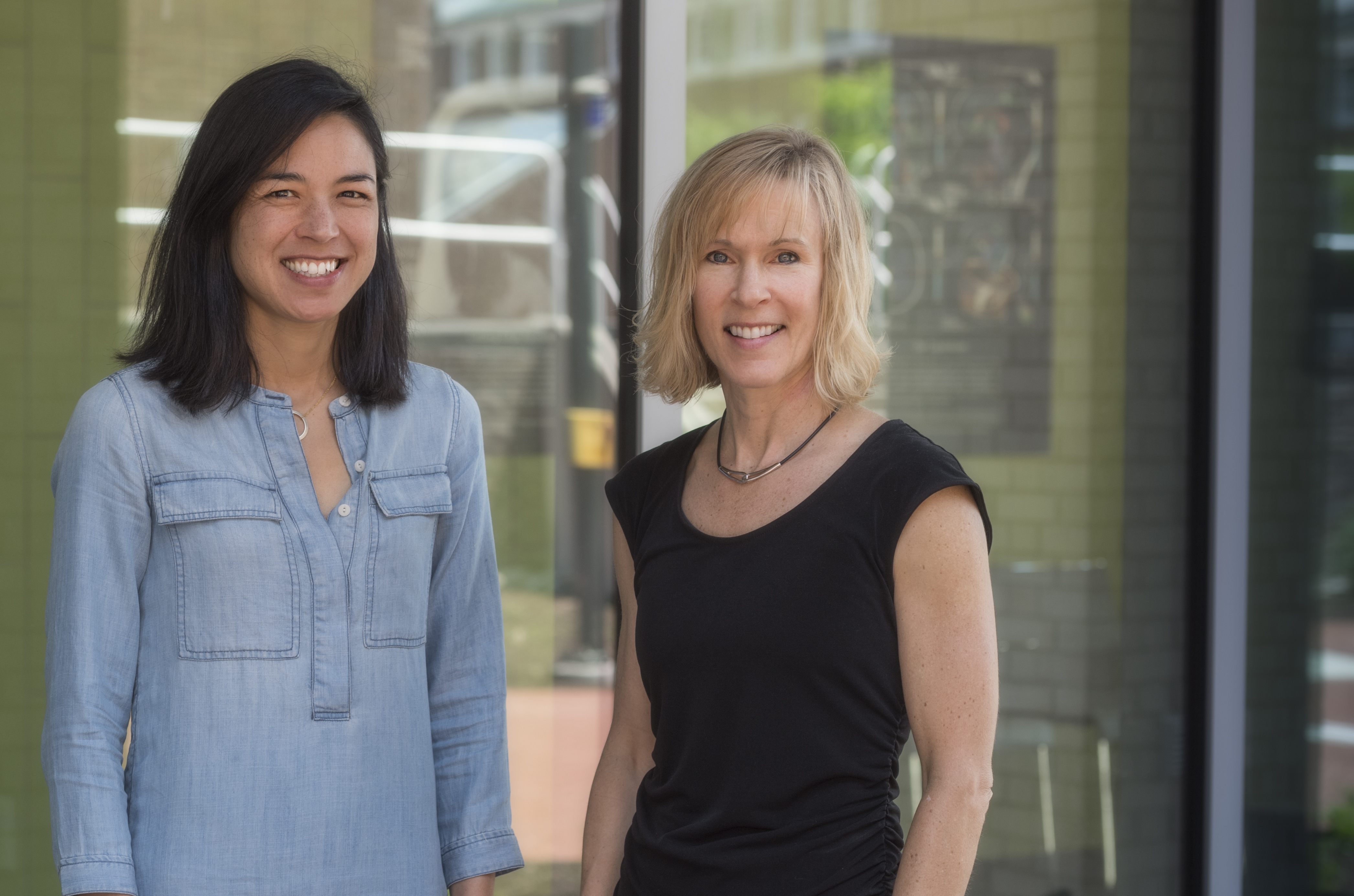Integrated warning systems
Professor works to improve weather warnings for tornadoes, flash floods
11:33 a.m., Sept. 19, 2013--University of Delaware disaster researcher Joe Trainor wonders how close a tornado must be for people to say, “Man, glad I got the warning.”
And even then, he wonders how they will react: Will they seek shelter, or look for more information? Will they understand where they were in relation to the danger? What other individual, household, and system traits influence how people process these kinds of risks?
Research Stories
Chronic wounds
Prof. Heck's legacy
Funded by a four-year, $3 million Science, Engineering and Education for Sustainability (Hazard SEES) grant from the National Science Foundation, Trainor, assistant professor in the School of Public Policy and Administration and core faculty at the Disaster Research Center, is working with colleagues across the country to improve weather warnings for short-fuse events like tornadoes and flash floods.
The work parallels UD research on hurricane mapping, which also received Hazard SEES funding. (This new grant mechanism, established by the NSF to facilitate interdisciplinary research, has been awarded to about 10 percent of all applicants.)
While Trainor’s UD colleagues are examining hurricanes, which often give researchers and responders a two- to three-day window to prepare, Trainor and his team are working with events that have an average of 15-18 minutes of lead time.
“In that short window, a lot of activity needs to happen and we do not fully understand how all the pieces come together yet,” said Trainor.
As part of a team of researchers from the University of Massachusetts-Amherst and Colorado State University, he and his colleagues are seeking to build a better understanding of what it takes to make an “integrated warning system” work better.
Through their interdisciplinary approach, engineers will improve radar technologies that sense what is happening in the atmosphere, meteorologists will use this technology to “better predict hazards,” computer scientists will develop tools (through web, social media and mobile devices) to deliver this information in more specific space and time, and social scientists will work to understand how these advances impact risk perceptions and protective behaviors of real people.
“There is a direct connection between what meteorologists can predict, based on the technology they have; how fast we can get that information to people; and the level of detail that people need, want, and can process,” said Trainor. “Our goal is to use the very best information available to calibrate the warning system.”
As the lead researcher in the social science thrust area on the project, Trainor and his team seek to better understand “the human response” — in other words, what kind of information about threats do people want or need, and more importantly, how do they then use that information to take action?
To better answer those questions, he will conduct qualitative focus groups to explore how people perceive short fuse risks. He will also explore their thoughts on warnings delivered through mobile devices.
Trainor and his computer science colleagues will use the information gathered in those early focus groups to create a cell phone application that will deliver weather warnings in a live test bed already in operation (from a prior NSF project) in Dallas-Fort Worth.
The application will enable the team to collect new kinds of information about the response to warnings, such as testing different experimental messages, collecting GPS location data to track participants’ movement from the time they receive an actual flash flood or tornado warning, and survey data from participants right on their mobile devices.
All of this information will be used to understand how people perceive risks and how to improve the warning systems.
NSF funded the research for its potential to create new basic science insights, but the project’s potential has drawn interest from a number of governmental and private partners who wrote letters of support for the proposal including the National Weather Service, the National Center for Atmospheric Research, AT&T’s emerging technology department, and the North Central Texas Council of Government, among others.
The hope is that these insights will harness the potential of these new technologies in ways that provide for the public good. As Trainor explained, “If the warnings don’t ultimately give people the information they need to make informed decisions, we’re not doing our job to help make people safe.”
About the professor
Joe Trainor is a core faculty member at the Disaster Research Center and an assistant professor of public policy and administration at the University of Delaware.
He has significant qualitative and quantitative research experience and has been involved in a number of basic science and applied research studies.
His primary research interests include: international aspects of disasters; disaster researcher and practitioner integration; warnings and protective action decision making; human behavioral response to disasters; effects of organizational design; and multi-organizational response.












